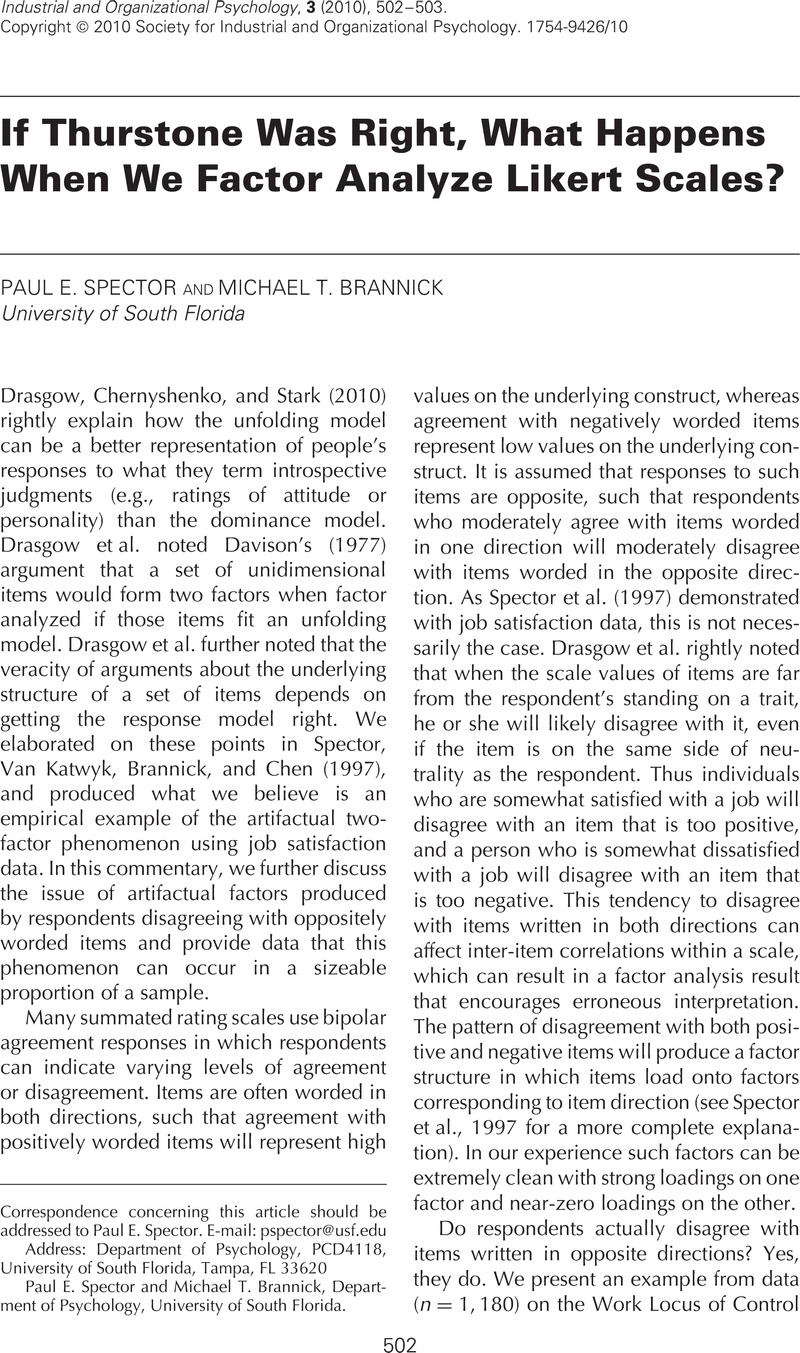Crossref Citations
This article has been cited by the following publications. This list is generated based on data provided by Crossref.
Drasgow, Fritz
Chernyshenko, Oleksandr S.
and
Stark, Stephen
2010.
Improving the Measurement of Psychological Variables: Ideal Point Models Rock!.
Industrial and Organizational Psychology,
Vol. 3,
Issue. 4,
p.
515.
de Guinea, Ana Ortiz
Titah, Ryad
Leger, Pierre-Majorique
and
Micheneau, Thomas
2012.
Neurophysiological Correlates of Information Systems Commonly Used Self-Reported Measures: A Multitrait Multimethod Study.
p.
562.
Devinney, Timothy
and
Lin, Nidthida
2016.
The Palgrave Encyclopedia of Strategic Management.
p.
1.
Devinney, Timothy
and
Lin, Nidthida
2018.
The Palgrave Encyclopedia of Strategic Management.
p.
241.





